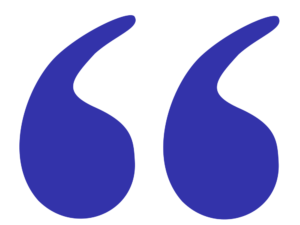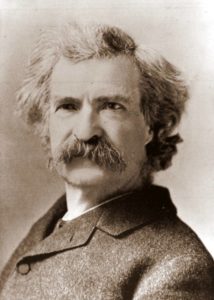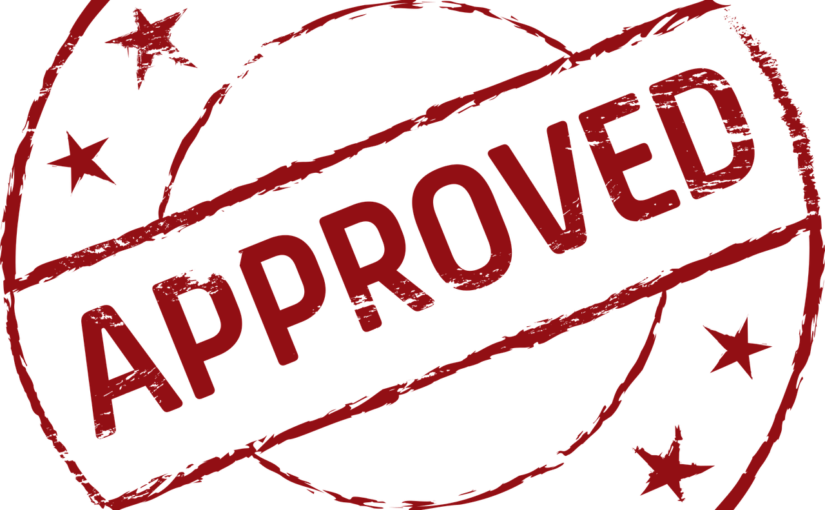One of the biggest mistakes mediocre speakers make is to keep using the same type of illustration over and over. Here are a few examples you may not have thought of before. Continue reading 5 Illustrations Mediocre Speakers Don’t Know: Example
Month: May 2017
5 Illustrations Mediocre Speakers Don’t Know: Endorsement
When should you use a quotation, stat, testimonial, or endorsement? Mediocre speakers all sound the same because mediocre speakers tend to do things for the wrong reason. You can’t answer when to do it unless you first understand why.
Last week we showed how evidence should be used not just to make a point, but to build the credibility of the speaker. My SpeechDeck communication skills system used the five Es of illustration. Today is number three–Endorsement:
What is an Endorsement?
Here are three common types of endorsements:
- Quotes
- Testimonials
- Associations
Evidence such as facts, figures, and research can be used as an endorsement, similarly quotations or testimonials may include factual evidence or have a basis in research. There is often overlap between the two. So what’s the difference?
“There are two types of speakers: Those who get nervous and those who are liars.” – Mark Twain
Are the words from Mark Twain above an “endorsement” or “evidence”?
For our purposes, what matters most is the your PURPOSE for using the words of Mark Twain.
As explained last week, the PURPOSE of “evidence” is to prove the credibility of the speaker (and only rarely your argument).
 In other words, if I quote Mark Twain to illustrate that I know a lot about public speaking and that I am familiar with the industry, then I am using that quote as “evidence” — evidence that makes me a more credible messenger on public speaking.
In other words, if I quote Mark Twain to illustrate that I know a lot about public speaking and that I am familiar with the industry, then I am using that quote as “evidence” — evidence that makes me a more credible messenger on public speaking.
On the other hand, maybe I just want to quote Mark Twain because he’s funny. Maybe I used Mark Twain because I know that in America, most people know who he is and love his pithy wisdom. That would be an “endorsement.”
The purpose of an endorsement is to NORMALIZE your message and yourself.
If I and everyone in the room laughs together, I instantly become NORMAL–no matter what I’m talking about. When we all do the same thing–laugh–I can’t be perceived as too different. In the SpeechDeck color-coded presentation skills system this is the orange principle of “Developing Relationships.”
Bad Endorsements
 Anytime I quote Mark Twain the sentiment of the message seems quintessentially American. It builds relationships and develops rapport because Mark Twain seems NORMAL (to Americans raised in America).
Anytime I quote Mark Twain the sentiment of the message seems quintessentially American. It builds relationships and develops rapport because Mark Twain seems NORMAL (to Americans raised in America).
But what if I was talking to a Chinese Audience?
Some of the audience might still laugh, but for those that don’t really know Mark Twain or relate to American culture I can easily do myself a disservice. Instead of building rapport, the exact same quote might actually seem AB-NORMAL. By reinforcing my cultural difference, a Mark Twain quote to a non-American audience might make me seem less NORMAL, less credible, and more foreign.
Mark Twain calls people liars. It’s normal for Americans to call people liars. That’s not normal everywhere.
So back to my original question: When should you use a quotation?
NOT when it breaks rapport.
NOT when it highlights differences with the audience.
NOT when it seems ab-normal.
This is why quoting Hillary Clinton or Donald Trump in a politically diverse audience is likely to get you into big trouble. No matter how wise the words, half the audience won’t think it’s NORMAL, even if the other half does.
Good Quotations
Good endorsements, on the other hand, are those that align with the listeners’ existing in-group relationships and experience.
If you’re talking to an audience of Republicans, quoting president Reagan seems a lot more normal, because Reagan is already in the Republican in-group.
A good quotation is one that comes from a person the listener already admires and understands. Or perhaps even better said, someone who understands the audience. The originator of the quote must seem NORMAL.
When do you use a quotation? When it makes you and your message seem NORMAL.
Good Testimonials
This is why testimonials make great endorsements. A testimonial is pretty much just a quote from someone in the audience member’s own peer group.
If you have ever been to a sales presentation of any kind, a skilled presenter probably had people “just like you” who already bought the product stand up in the room, or speak on video about how great the product was.
The salesperson–if he or she was good–was trying to make the product seem NORMAL!
When do you use a testimonial? When you need your message, or yourself to seem NORMAL.
Good Associations
 Associations are the cheater’s endorsement.
Associations are the cheater’s endorsement.
If you don’t have a good quote from someone the audience already respects, and you don’t have an audience peer to quote, then you just associate yourself with someone or something that seems normal.
An association is an implied endorsement without the direct quote.
Master inspirational Zig Ziglar is really good at making associations
Do you see what I did there?
I’ve never met Zig Ziglar.
I didn’t quote Zig Ziglar.
I have no idea what Zig Ziglar thinks about this blog post.
Nevertheless, I associated him with my main point. Subconsciously, the reader also associates my message with him–someone more famous than I am in my industry. Some of his gravitas rubs off on me props up my message.
And I didn’t even lie! Nothing I said above was dishonest — so I didn’t really cheat.
I can associate myself with objects, people, experiences, language, traditions, or anything that my audience finds NORMAL.
Like … totally normal, dude!
If I jokingly say it that way I automatically associate myself and endear myself to people who are my age who remember that kind of language as a NORMAL part of junior high school. If you don’t get it, you’re probably not my age. I shouldn’t use that specific language association when I’m speaking to someone that never thought it was NORMAL.
The Weatherman
As we have done in every post of this series, let’s help the TV weatherman become a better communicator by adding endorsements. Our mediocre weatherman starts by saying.
It’s going to be a comfortable 82 degrees tomorrow.
The weatherman could appeal to a third party that the listener already respects:
According to the National Weather Service, it’s going to be 92 degrees tomorrow.
He could appeal to an audience peer testimonial:
We received an e-mail from Jessica in Springville who said she’s going to use the nice weather tomorrow to take her kids to the park.
The subconscious message is: “If normal listener Jessica believes him, I should too.” Alternatively, the weatherman could associate himself indirectly with someTHING that seems normal to the audience:
This is the kind of weather that makes it really hot in a parked car. Be careful for pets and children.
Of course you already know that. Nevertheless, I bet you’ve heard some newscaster actually say something like it — because everybody listening knows what’s it’s like to get in a parked car that feels more like a sauna. It makes the weatherman seem NORMAL.
There are 5 types of illustrations — 5 Es:
- Explanation
- Evidence
- Endorsement
Next week we discuss the biggie: Examples.


